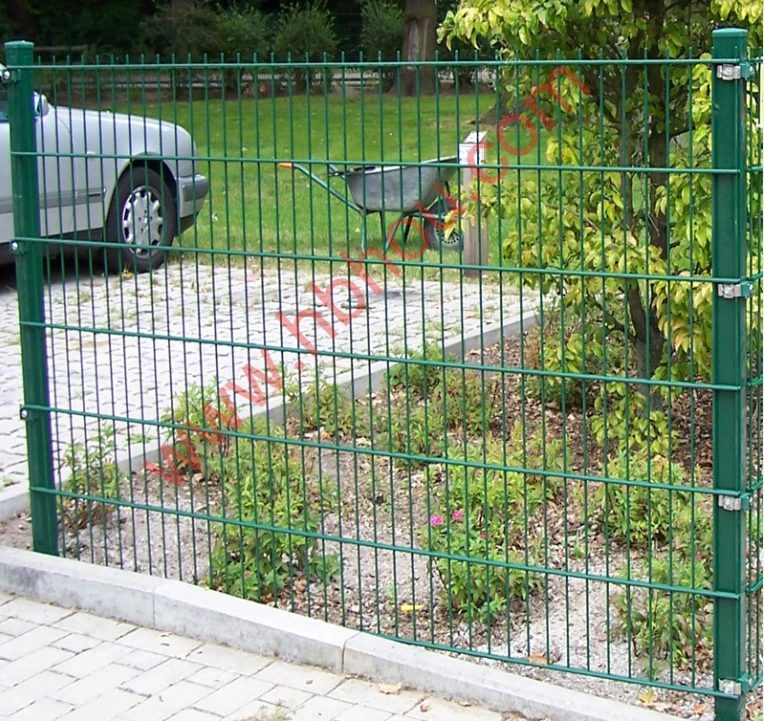Garden Fence Plants Enhancing Privacy and Beauty
When it comes to gardening, the space available at hand often dictates the overall design and layout. One popular trend is incorporating garden fence plants, which serve as a practical and aesthetic solution to enhance both privacy and beauty in your outdoor space. Garden fence plants not only beautify your yard but also create a natural barrier that expands the living area while providing a sanctuary away from the hustle and bustle of daily life.
Choosing the Right Plants
Selecting the right plants for your garden fence is crucial to achieving the desired effect. The ideal plants should blend with the existing landscape while fulfilling specific functions. Here are a few categories to consider
1. Climbing Plants Climbing plants are perfect for covering fences and adding a vertical element to your garden. They can create a lush green wall, providing privacy without the solid appearance of a traditional fence. Popular choices include clematis, honeysuckle, and climbing roses. These plants can also add a fragrant touch to your yard, inviting beneficial pollinators.
2. Evergreens If year-round privacy is a priority, consider evergreen plants like yew, arborvitae, or juniper. These hardy species maintain their foliage throughout the seasons, creating a consistently green barrier. They come in various heights and forms, allowing for creative landscaping designs that can range from formal to informal.
3. Flowering Shrubs Flowering shrubs offer the dual benefit of privacy and blooms that grace your garden with color. Varieties like hydrangeas, lilacs, or butterfly bushes provide not only screening but also attract butterflies and other pollinators. The key is to plant them close enough to the fence to ensure a thick growth that can effectively block views.
garden fence plants

4. Ornamental Grasses For a modern touch, ornamental grasses can add texture and movement to your garden fence. Varieties such as miscanthus or calamagrostis can grow tall, providing a natural screen while swaying gently in the breeze. Their unique forms and seasonal color changes can enhance your garden aesthetics throughout the year.
Creating Layers
An effective garden fence planting strategy typically involves layering different plants. This approach ensures that your fence is not only visually interesting but also effective in providing privacy. Start with taller plants, like evergreens or ornamental grasses, at the back. Then, add mid-sized flowering shrubs in the middle layer, with shorter climbing plants or perennials at the front. This layering creates depth and encourages biodiversity, supporting wildlife such as birds, bees, and butterflies.
Maintenance Considerations
While the prospect of garden fence plants is enticing, it's important to consider the maintenance involved. Choose plants that suit your climate and soil conditions to minimize upkeep. Regular pruning may be necessary to maintain desired shapes and sizes, especially for climbing plants. Additionally, keep an eye on pests and diseases; organic gardening methods can often mitigate these issues effectively.
Conclusion
Incorporating garden fence plants into your landscape design is an excellent way to enhance beauty and provide privacy. By selecting the right combination of climbing plants, evergreens, flowering shrubs, and ornamental grasses, you can create a lush, inviting atmosphere that transforms your outdoor space into a personal retreat. Whether you’re looking to attract pollinators, obscure unsightly views, or simply elevate your garden's appeal, the right choices in garden fence plants will assist in crafting an enchanting outdoor experience.
















